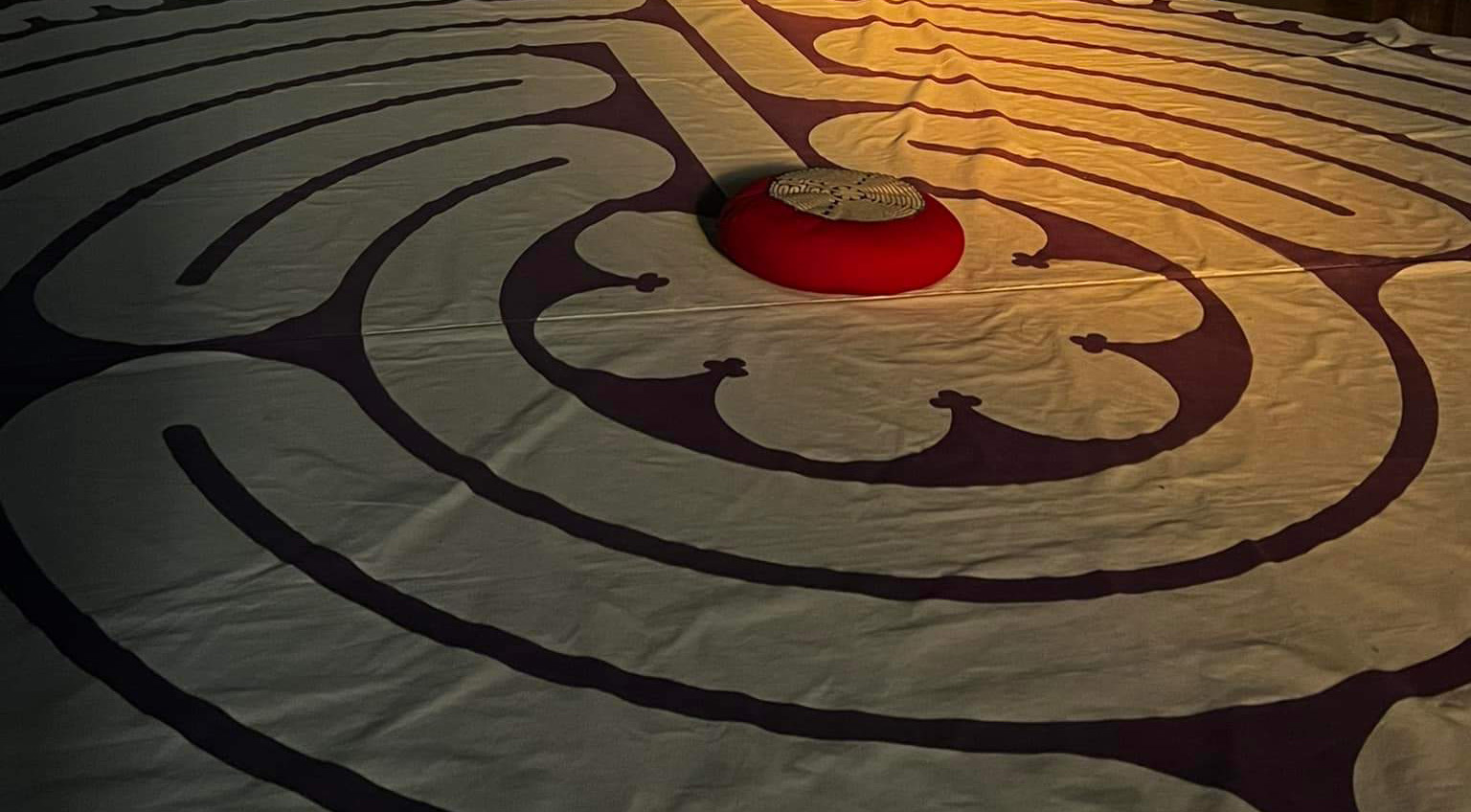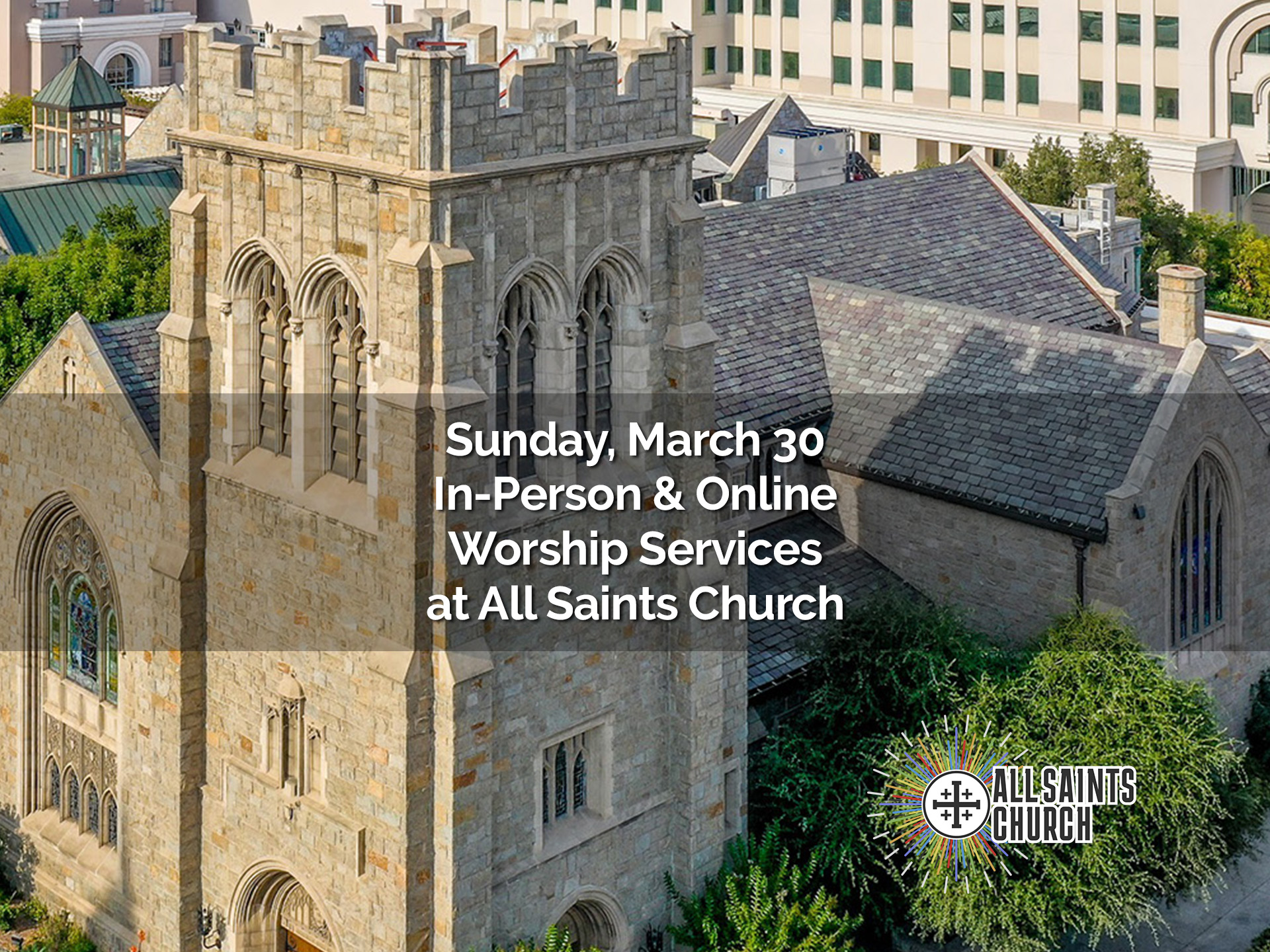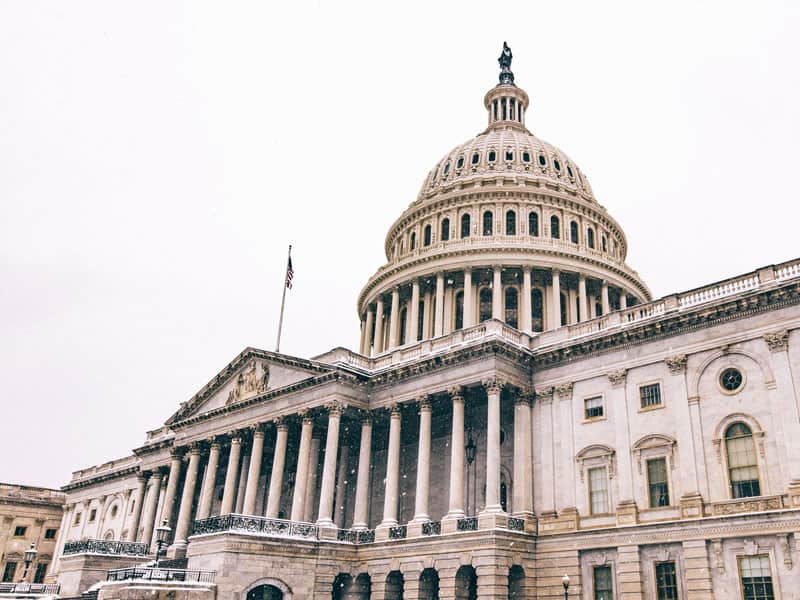Last month, I stood with 13 of our All Saints youth in a crowd of more than 800,000 people on Pennsylvania Avenue and watched and listened as for three hours students from Marjorie Stoneman Douglas High School in Parkland, Florida riveted our attention.
The Parkland students were brilliant in every possible way.
They understood the power of the moment, and they stayed on message.
But that is not all they understood.
They understood the intersectionality of that moment.
They understood the privilege that made that moment possible.
They understood that the same guns that killed their friends were killing students in schools in white, privileged neighborhoods were killing young, black students and Latinx students.
They understood the same guns killed Jordan Davis for committing the crime of being a young black man playing his music too loud.
They understood the same guns killed countless young black and brown girls and women that never made the headlines.
They understood that the young people who had taken to the streets in Ferguson, Cleveland, Baltimore, New York and more had paved the way for this moment to happen.
And because they understood these things, we were, indeed, riveted for three hours as young person after young person poured out their hearts and minds — finding common ground in their common pain and their common determination to be the generation that made lasting change for the better.
And when Emma Gonzalez led 800,000 people in holding silence, I realized I was honored to be at a watershed moment in American history. That for the rest of my life, I would remember being in that crowd. Remember that feeling.
And yet, that was not what I remember most about that day. What I remember most about that day is what happened after.
I remember later that evening, as those 13 youths from All Saints Church gathered at the home of my in-laws and shared about what the day had meant to them.
I remember how Jeremy Langill did an amazing job of stepping back and letting the youth do the talking … and how he quietly and lovingly and powerfully helped them hold the space so they could do that.
I remember how one after another, these youths poured out their hearts to each other. Their fears. Their tears. Their hopes. Their determination.
And then I remember how later that night, as the adults ate in one room, all 13 of them gathered around the dining room table and they began to talk. No adults (though I came in and stood in the corner to watch and listen) – just them.
They didn’t just talk about what they had seen and heard.
They took a look at their own community of youth at All Saints Church.
They named and talked about the work they needed to do to bridge the divides in their own community.
They talked about how they needed to connect with the youth who had been marching in LA and not let this become a further division.
They talked about how they needed to come together and lead All Saints Church.
They gave space for each person to speak, listened deeply to each voice.
They were as fine an example of church as I have ever seen.
They were the best that All Saints Church – or any church – can be.
What I will remember most about that extraordinary day was not what I saw on that stage, but what I saw around that table.
The conviction I walked away from that night was that it is time for our young people to lead us. And they are ready.
Mike Kinman is the Rector of All Saints Church, Pasadena. This reflection was originally published in the April issue of Saints Alive … our monthly newsmagazine. Visit our Publications page for more information … including back issues and subscription info.



